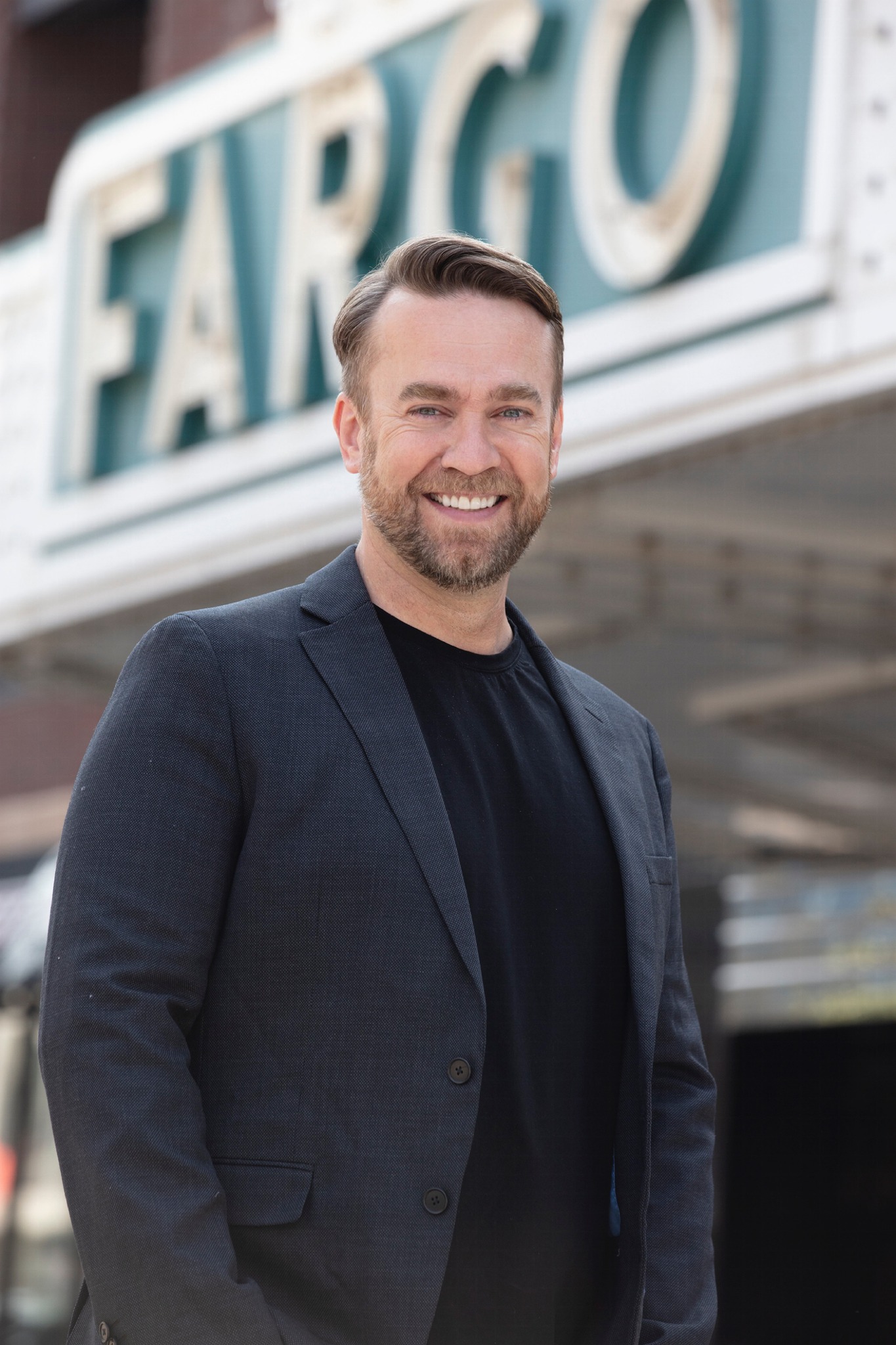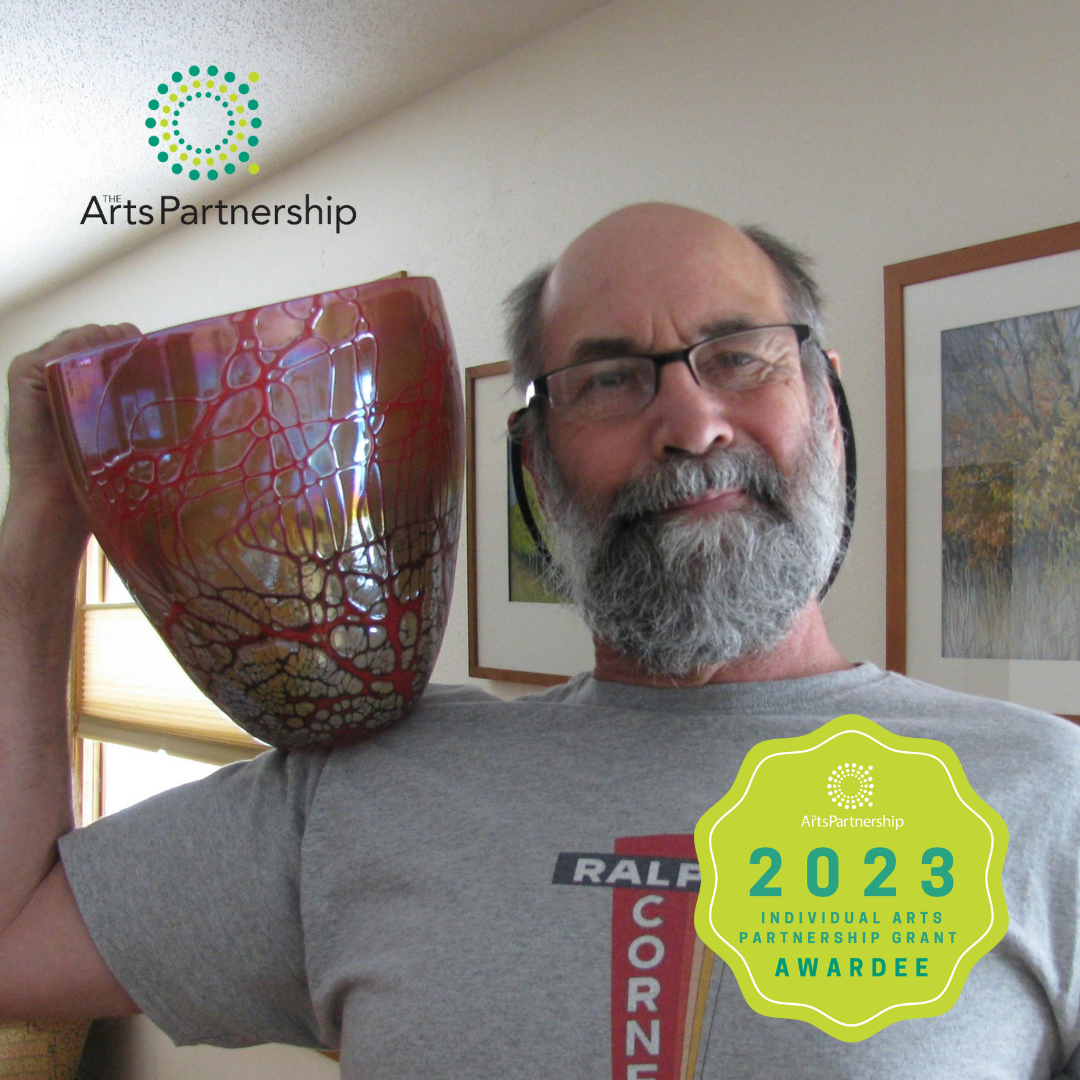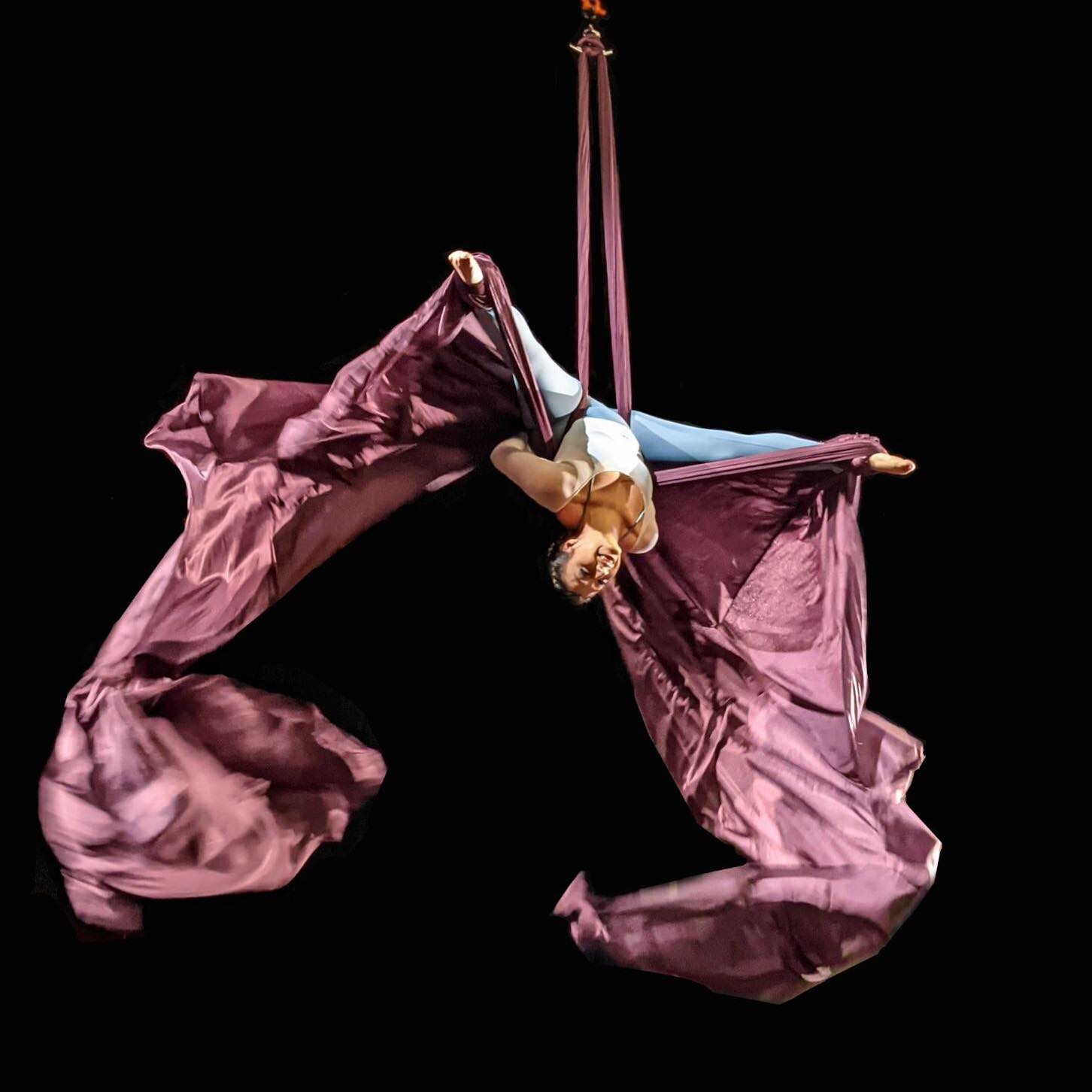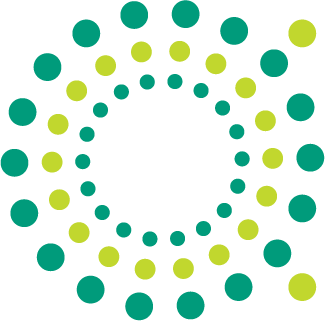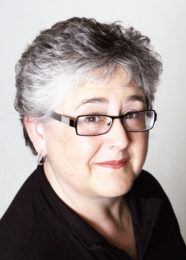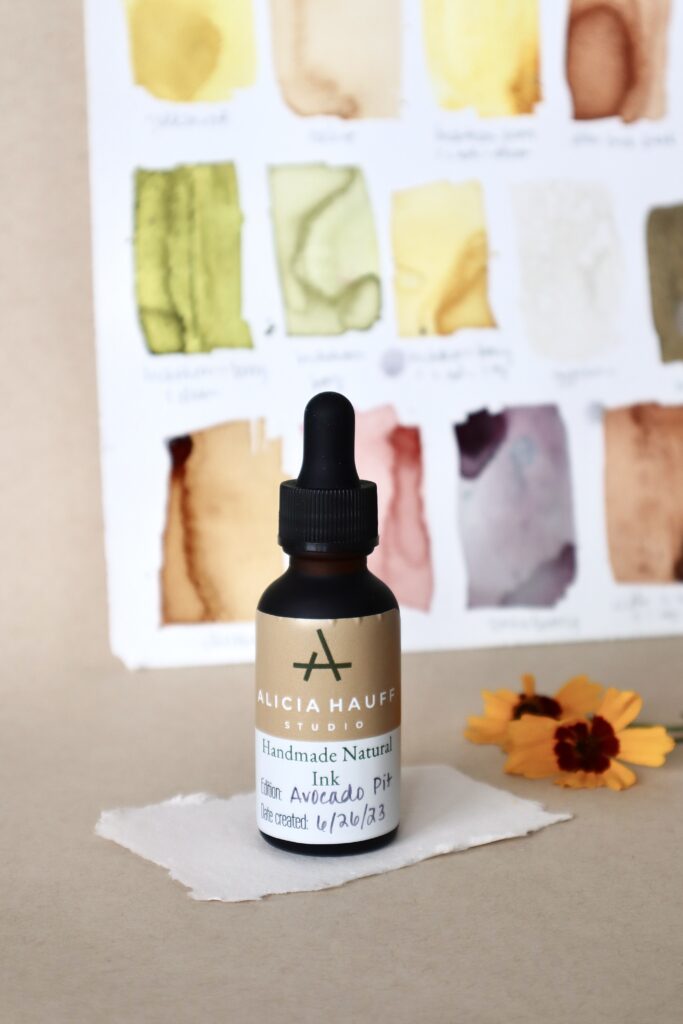
Hauff works with wild inks from materials she foraged from natural resources, such as flowers and avocado pits.
When Fargo-based mixed media artist Alicia Hauff left the world of health care in 2021 to pursue a career in art, she knew it would be an evolution.
Since opening her studio, Hauff has been prolific, melding her abstract tendencies with her benevolence for nature.
She’s also been actively involved in the local arts scene, with shows at The Jasper Hotel, Atomic Coffee, West Acres Mall and many local art galleries, and looks forward to this year’s FMVA Studio Crawl.
Hauff launches wild inks for sale on her website at 10 a.m. on September 6, as well as a series of eco-printing group workshops, which showcase the visual artist’s growing interest in expressing her climate consciousness through art.
Here’s more about Hauff’s adventures with wild inks, how artist Jason Logan and the book “Braiding Sweetgrass” by Robin Wall Kimmerer helped her move her work into an area not always approached by regional artists: climate activism.
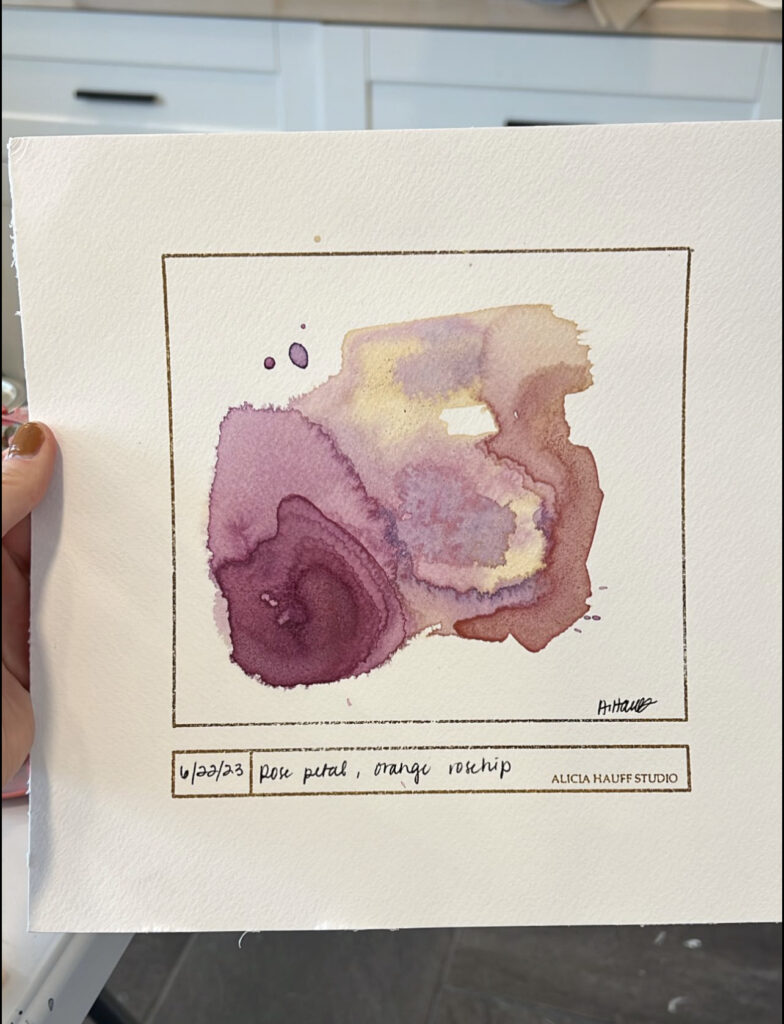
Hauff’s wild inks are a celebration of the natural resources available on the prairie, such as wild rose, orange and rosehip.
Q: Tell us more about your interest in wild inks.
Hauff: It was serendipitous. I bought the book “Make Ink” by Jason Logan of Toronto Ink Company last summer. I devoured it. My creative world exploded. Color from plants, kitchen scraps, and rusted metals? Yes. The practice brought my science background to the fore, and let my curiosity run wild.
Inkmaking is closely related to natural dyeing practices, and some of the ink recipes are from medieval times. So there’s a history you’re connecting to when you make these inks. Each ink created is a mark of place, time, and material.
Q: What is the process for making wild inks?
Hauff: Making ink requires foraging for material, and that is an important part of the process. Ethical foraging and harvesting is an important piece. The book “Braiding Sweetgrass,” by Robin Wall Kimmerer changed my life last summer, and introduced me to the Indigenous practices and views on harvesting honorably in direct conversation with the environment.
For example: If there’s something you need, ask for it outright, then listen for the answer. Who depends on this plant? Is there enough of this plant for me to take only what I need and still leave plenty? Are there any visual cues that that plant is currently needed for someone else (i.e., Goldenrod buzzing with pollinators)?
Once you have your material, most of the time it involves heating and steeping the material in water with a bit of white vinegar. Color depends on a variety of factors: time of year harvested, the time from harvest of material to the time the ink is created, climate fluctuations, what type of water is used to steep, etc. You can understand there’s a lot of recordkeeping and color swatching happening with this process. The ink can take 30 to 60 minutes to days to create, depending on the material. Once created, I bottle the ink with a dash of wintergreen oil to preserve it, and store it in a safe, cool place.
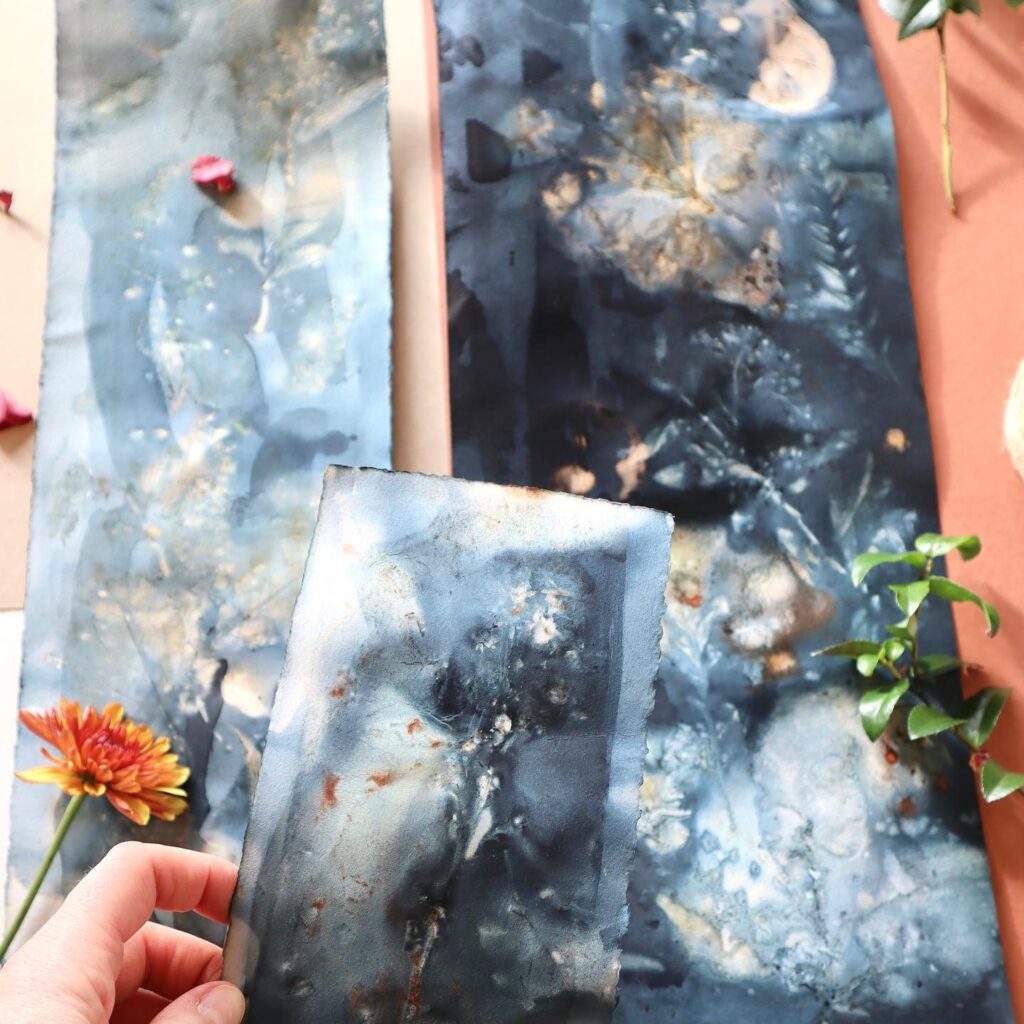
Hauff teaches the bundle-dye method of eco printing, which involves plant materials layered between thick sheets of paper rolled into a bundle for dyeing.
Q: What kinds of artifacts have you used for color?
Hauff: Jason Logan likes to say, “We can make ink from just about anything.” Wild color is a world of possibilities, and a slow, steady practice of trial and error. I have created ink from plants such as sumac, goldenrod, garden roses, oak galls (the little brown balls on oak trees created by a specific wasp), buckthorn, avocado pits, dye garden flowers I grew from seed, black walnut husks, a variety of berries, coffee grounds and some vegetables.
You begin to see the world differently around you. Right now, I have some blue flowers from a bouquet on my counter I’m going to try to make ink with.
Q: Why is wild ink such a great medium for experimentation and play?
Hauff: Entering the world of foraging and inkmaking changed the way I see the world. It’s a conversation and co-creation with the earth and her materials, the land, and what she has to say. She has taught me more in a year than I’ve ever learned elsewhere about plants and being in the right relationship with her. One plant can offer multiple colors, and they really show you how they prefer to blend, feather and unfurl on the paper.
The coolest thing? The color often changes over time, with oxidation (air). I once created a lovely terra green color, and a week later it was a rust color. Wild color is a “moving target.” As Jason says in his book, “Let the ink do its thing as much as possible; I try to get out of the way of the materials and appreciate the surprises that naturally result.” There can be an ephemeral quality to it, but some are very lightfast. I have seen colors that I can’t get out of a store-bought bottle or tube.
Q: Where can people buy your inks?
Hauff: I begin offering them in sets on my website September 6. I may also sell them locally at markets and the studio crawl in October. These first ink sets were designed and created with everyone’s inner artist in mind, as well as what’s sustainable and lasts for at least a year.
Because of the seasonal quality of many of them, I can only offer so many until they’re gone for the season. Other things can be foraged all year here. I don’t want to hold on to too much, as I guarantee the inks last for a full year. I have tested inks from last summer, and most of them held up!
Register for Hauff’s eco printing workshop
Hauff teaches the bundle-dye method of eco printing, which involves plant materials layered between thick sheets of paper rolled into a bundle for dyeing. She also incorporates many of the same concepts about her relationship with the land.
Information about the two-hour workshop sessions are available for groups of eight to 15 people, as well as a special class at Crooked Lane Farms on October 13. Details can be found on her website at https://www.aliciahauffstudio.com/.
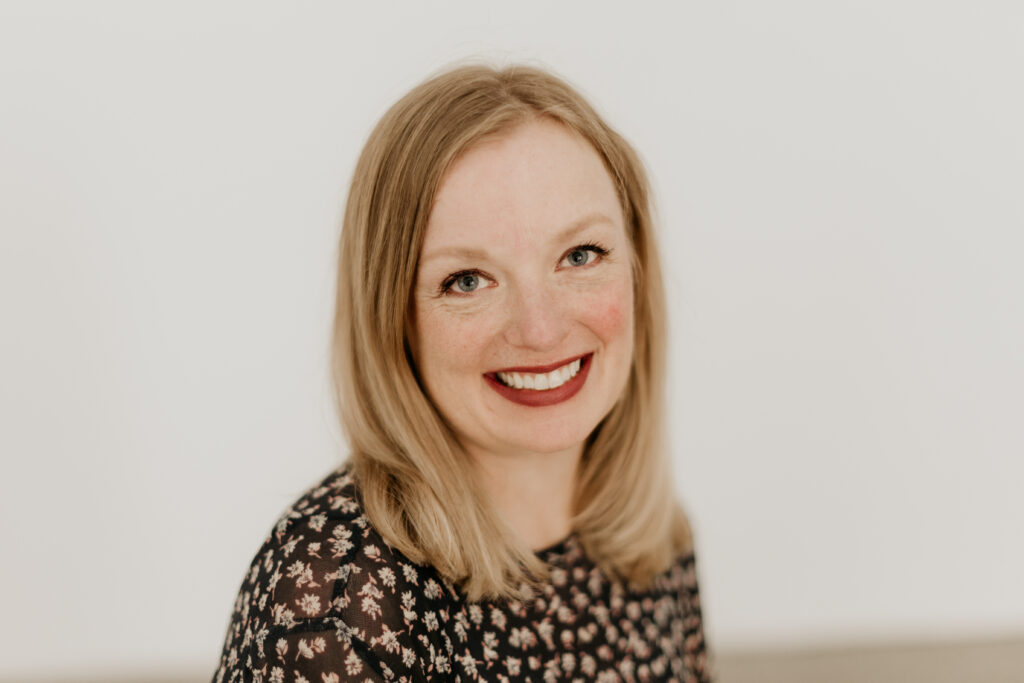
About the author
Lonna Whiting is an independent journalist and content strategy consultant based in Fargo. She covers a broad range of topics, including local arts, health care, senior living, startups, technology and education. Whiting also writes extensively about dementia and Alzheimer’s disease for journals and publications such as Being Patient, an award-winning global news forum for dementia researchers, physicians, patients and their care partners. Read more of Whiting’s work at lonna.co.

